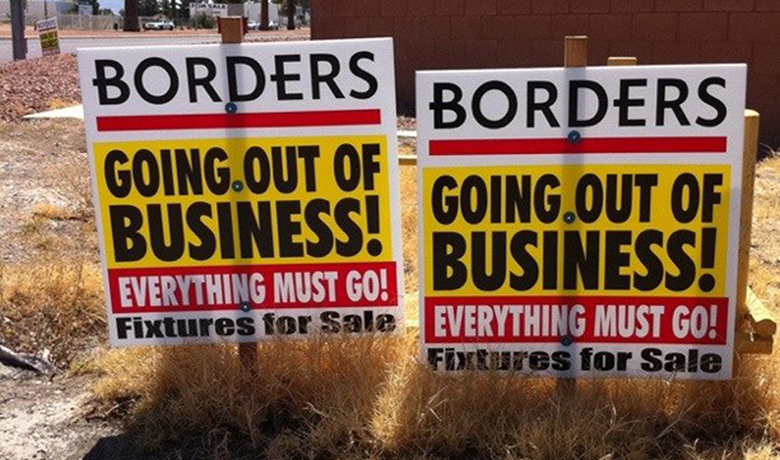Chapter 8 Introduction to Unemployment

Bring It Home
Unemployment and the Great Recession
Nearly eight million U.S. jobs were lost as a consequence of the Great Recession, which lasted from December 2007 to June 2009. At the outset of the recession, the unemployment rate was 5.0%. The rate began rising several months after the recession began, and it peaked at 10.0% in October 2009, several months after the recession ended, according to the Bureau of Labor Statistics (BLS). The job loss represented a huge number of positions gone. Subsequently, the recovery was tepid. Companies added some positions, but as of summer 2013, four years after the end of the recession, unemployment was about 7.5%, well above the pre-recession rate. Employment began increasing at the outset of 2010, and reached its pre-recession level in mid-2014. However, because of population and labour force growth, the unemployment rate at that point was still slightly above 6%. The economy only returned to an unemployment rate of 5.0% in September 2015, and it has remained at or slightly below that level since then, up through January 2017.
This brief overview of unemployment during and after the Great Recession highlights a few important points. First, unemployment is a lagging indicator of business activity. It didn’t begin to increase until a few months after the onset of the recession, and it didn’t begin to decline until several months after the recovery. Second, the decline in the unemployment rate was quite slow, with the pre-recession unemployment rate only reaching a higher level than six years after the recession ended. This reflects a combination of slow increase in the number of jobs and ongoing increases in the size of the population and the labour force.
It turns out that recent recessions, going back to the early 1990s, have been characterized by longer periods of recovery than their predecessors. We will return to this point at the end of the chapter. However, first we need to examine unemployment. What constitutes it, and how do we measure it?
Unemployment can be a terrible and wrenching life experience—like a serious automobile accident or a messy divorce—whose consequences only someone who has gone through it can fully understand. For unemployed individuals and their families, there is the day-to-day financial stress of not knowing from where the next paycheck is coming. There are painful adjustments, like watching your savings account dwindle, selling a car and buying a cheaper one, or moving to a less expensive place to live. Even when the unemployed person finds a new job, it may pay less than the previous one. For many people, their job is an important part of their self worth. When unemployment separates people from the workforce, it can affect family relationships as well as mental and physical health.
The human costs of unemployment alone would justify making a low level of unemployment an important public policy priority. However, unemployment also includes economic costs to the broader society. When millions of unemployed but willing workers cannot find jobs, economic resource are unused. An economy with high unemployment is like a company operating with a functional but unused factory. The opportunity cost of unemployment is the output that the unemployed workers could have produced.
This chapter will discuss how economists define and compute the unemployment rate. It will examine the patterns of unemployment over time, for the U.S. economy as a whole, for different demographic groups in the U.S. economy, and for other countries. It will then consider an economic explanation for unemployment, and how it explains the patterns of unemployment and suggests public policies for reducing it.
Attribution
Access for free at Principles of Microeconomics 2e
Media Attributions
- Borders Out of Business © Luis Villa del Campo is licensed under a CC BY (Attribution) license

